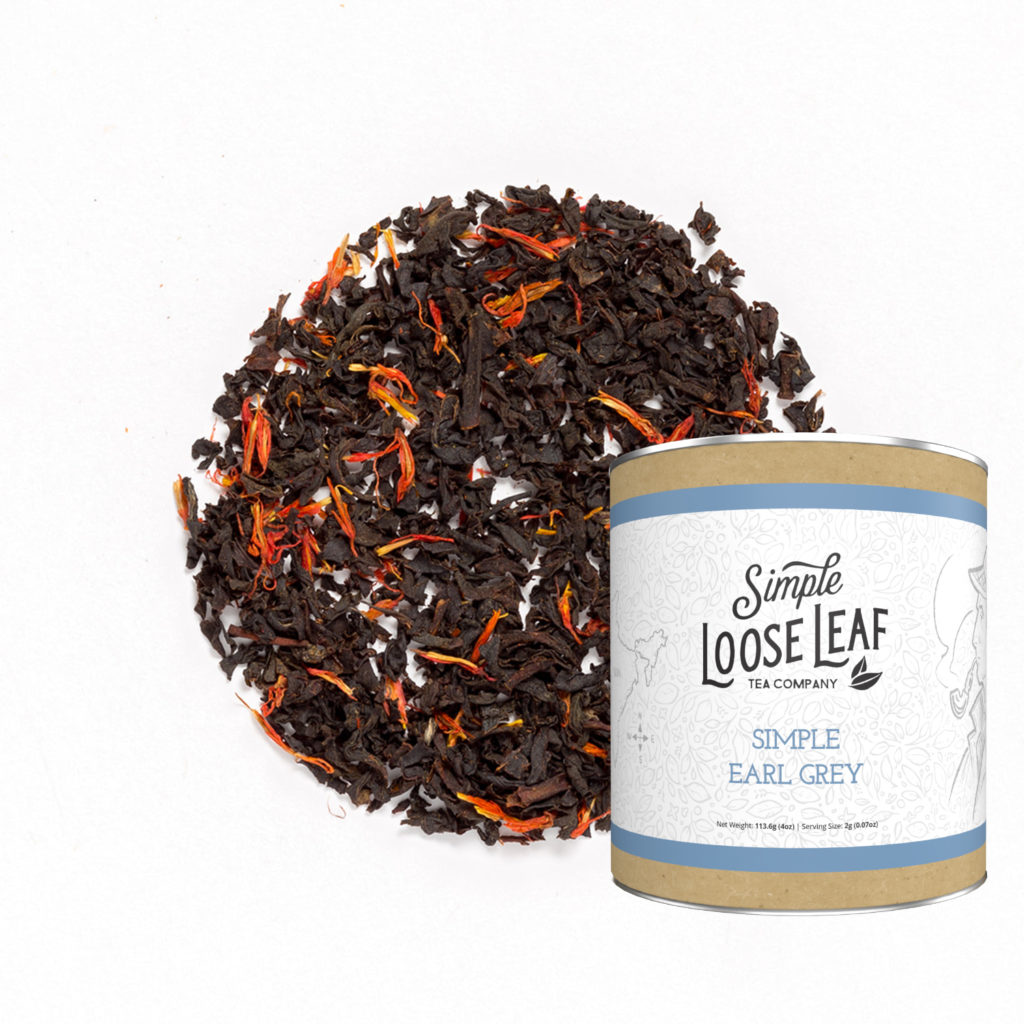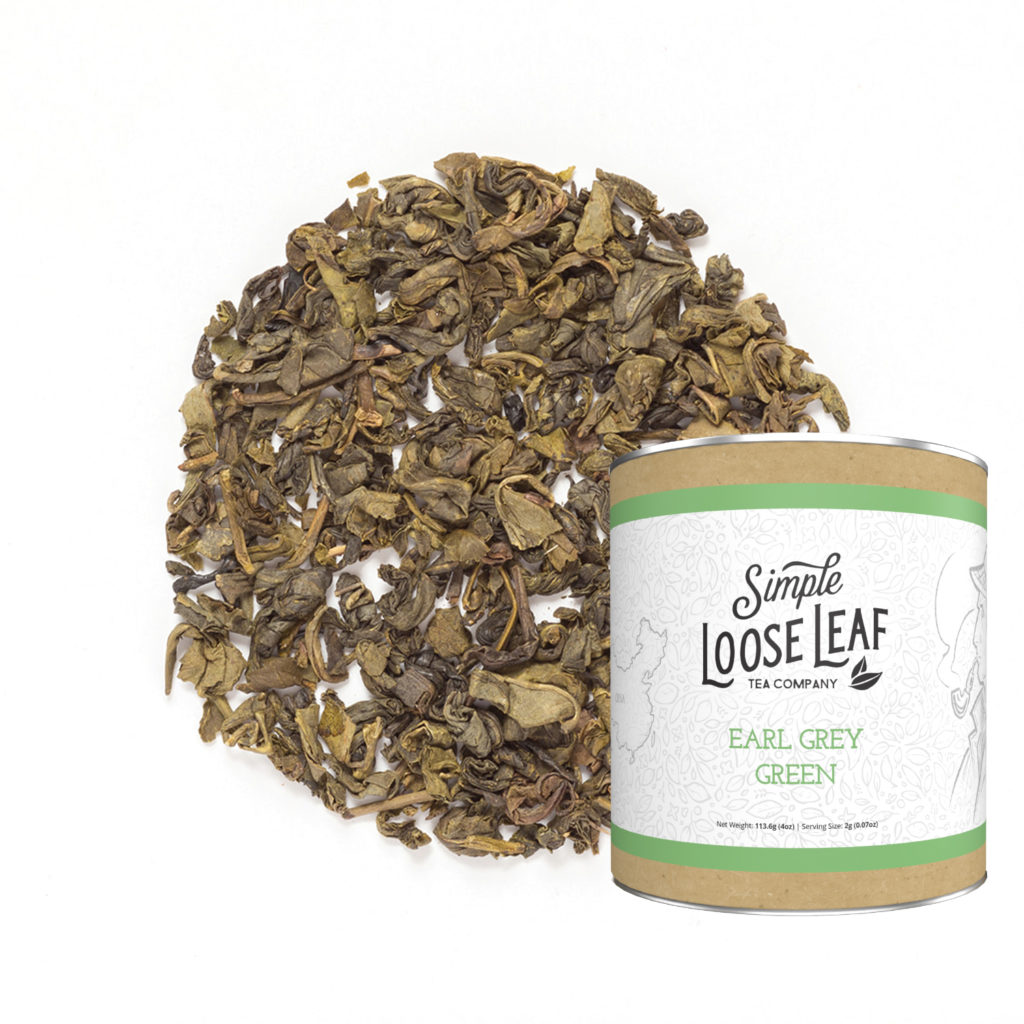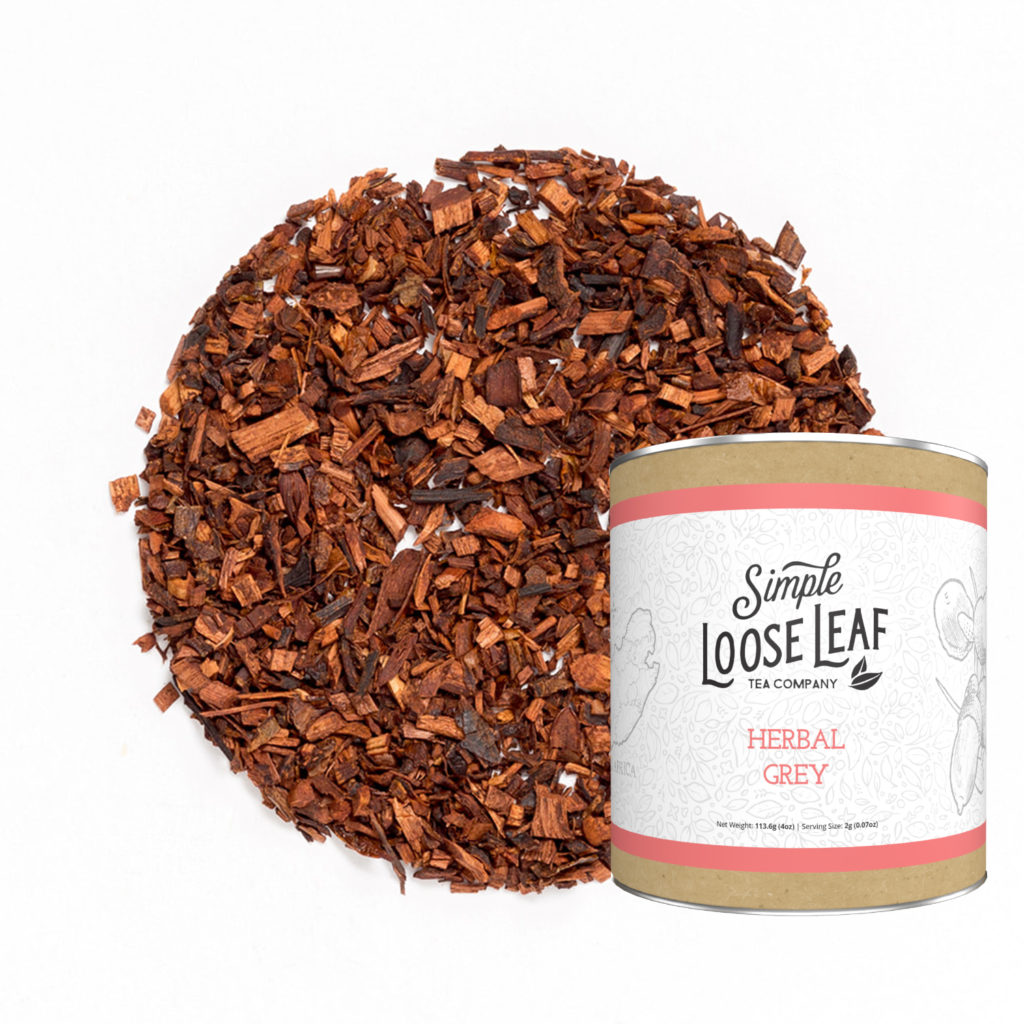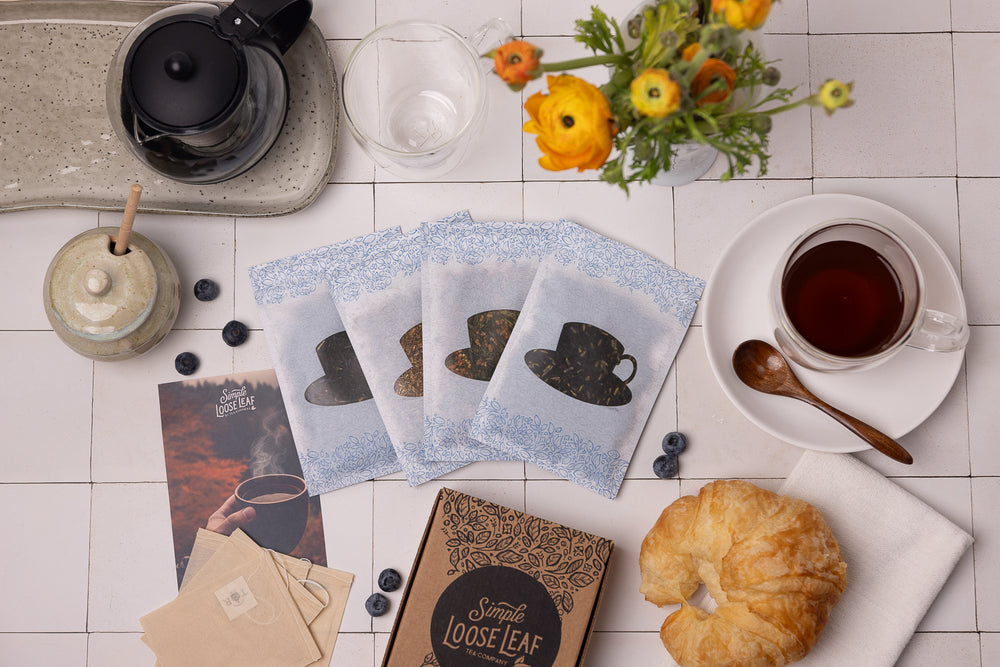All About Bergamot Tea
For almost 200 years, bergamot has been one of the most popular oils for scenting black tea leaves. In fact, even people who are not regular tea drinkers are likely to have tried bergamot tea at least once in their life. This oil is an essential ingredient of Earl Grey tea blends and had an enormous impact on the western tea culture. Today, Earl Grey is a synonym for bergamot tea. And definitely, there is something relaxing and joyful in drinking a good cup of Earl Grey tea.



What is bergamot?
Bergamot or Citrus bergamia is an endemic plant of the Calabria region in Italy[1]. Bergamot is a type of citrus fruit, and it’s called bergamot orange. Unlike our regular oranges, bergamot orange has a green to yellow skin and a bitter and sour flavor. Although you can eat the bergamot orange fruit, it’s rarely eaten raw. They are mostly used for making jams, juices and marmalades. But skin, rather than fruit, is the most commonly used part of the bergamot orange. It gives bergamot essential oil, used for scenting food and drinks and for therapeutic usage.
Simple Earl Grey black tea
The history of bergamot tea
Pure bergamot tea is not available on the market. Theoretically, one could make a pure bergamot tea by boiling dried bergamot peel, or add dry bergamot peel to other teas. However, this not a common practice. Usually, what we mean when we say “bergamot tea “is Earl Grey. Earl Grey was apparently invented by a chance when Earl Grey received a tea as a gift. Earl Grey was a British prime minister in the 18th century. Tea he received was scented with bergamot oil, and he liked it so much he wanted to re-invent it[2]. How the first blend was made is still unknown, but some say it could be by an accident too, after some tea took over the scent of bergamot oranges in transport.Benefits of Drinking Bergamot Tea
With intense and aromatic scent and flavor comes a wide range of health benefits. Bergamot is used for “cardiovascular, bone, inflammatory and skin diseases, mood alteration, anxiety, pain, and stress“.[3]- Anti oxidative and anti-inflammatory properties
- Reducing the risk of heart disease
- Fighting diabetes
- Reducing stress and anxiety
Bergamot Tea FAQ
What is bergamot tea good for?
Bergamot tea may have different benefits, depending on the base tea and other ingredients. However, all bergamot teas are great for relaxing and unwinding – if they are made with real bergamot oil. Artificial flavors will not provide health benefits. To benefit from bergamot oil in tea, always search for the authentic blends. Black tea has anti oxidative, anti inflammatory, anticancer properties. It may help reduce the risk of heart diseases, may have anticancer activity, and help lower blood pressure[11]. Interestingly, bergamot shares very similar benefits, which makes these two ingredients a perfect harmony of both flavor and benefits.What tea has bergamot?
Bergamot is the main ingredient of Earl Grey tea. Although you can’t see bergamot, you can scent it and taste it. In fact, this ingredient became a synonym for Earl Grey and is almost never present in any other real tea blend. Why? Because that blend would automatically become a type of Earl Grey, regardless of other ingredients. Still, some herbal blends, except rooibos and honey bush, may contain bergamot oil too.
Earl Grey Green tea
Does all earl grey tea have bergamot?
Yes, all Earl Grey tea has bergamot. However, some Earl Grey teas may have even the double amount of the usual bergamot, while others may have only a trace. Earl Grey can be made with white, green, oolong, black and pu’erh tea. The only tea type not used for making Earl Grey is yellow tea. Yellow tea is generally fresh, very much like green tea but with special taste notes. Some yellow teas are heavily roasted, like Huang Da Cha, so this tea too has a potential of becoming an Earl Grey. Earl Grey can be made with herbal teas – rooibos and honey bush. Both of them are strong enough to be used as a base for making Earl Grey.
Herbal Earl Grey with honey bush
Although Earl Grey is typically scented with bergamot oil, some blends may contain artificial flavors instead of the oil. In most cases, you can see the difference by placing tea leaves on a paper for a couple of minutes or hours. If the leaves leave an oily mark, your tea is likely to contain a real bergamot oil.
Can you make your own bergamot tea?
It’s possible to make your own bergamot tea at home. The best part of making your own blends is that you can add a new flavor to your favorite base tea at any time. However, making your own bergamot tea may be a bit tricky – and dangerous. Many essential oils are not suitable for ingestion, and should not be used undiluted. You may use the essential oil of bergamot peel for flavoring tea, but it’s important that it comes from a reliable source. Furthermore, oil grade has to be suitable for ingestion. Consult the producer before making any attempts of flavoring your own tea with essential oils.How to brew bergamot tea?
Brew tea with bergamot following instructions on packaging. If you are brewing herbal tea, steep for at least 5 minutes. For the best flavor, steep Earl Grey black tea for 3-5 minutes. Green Earl Grey is more delicate and use cooler water. Earl Grey is available in tea bags too. Tea bags are likely to have a higher amount of caffeine, but weaker bergamot flavor. Loose leaf bergamot tea is likely to have a more intense flavor and scent.Disclaimer: This article is for informational purposes only. It’s not intended to replace medical advice, diagnosis or treatment. Every person is different and may react to different herbs and teas differently. Never use teas or herbs to treat serious medical conditions on your own. Always seek professional medical advice before choosing home remedies.
References:
[1] https://www.ncbi.nlm.nih.gov/pmc/articles/PMC4345801/ [2] https://www.gov.uk/government/history/past-prime-ministers/charles-grey-2nd-earl-grey [3] https://www.ncbi.nlm.nih.gov/pmc/articles/PMC6392855/ [4] https://www.ncbi.nlm.nih.gov/pmc/articles/PMC6392855/ [5] https://www.ncbi.nlm.nih.gov/pmc/articles/PMC4345801/ [6] https://www.ncbi.nlm.nih.gov/pubmed/25491246 [7] https://www.tandfonline.com/doi/full/10.1080/10408398.2019.1677554 [8] https://www.ncbi.nlm.nih.gov/pmc/articles/PMC6392855/ [9] https://www.ncbi.nlm.nih.gov/pmc/articles/PMC4345801/ [10] https://www.ncbi.nlm.nih.gov/pmc/articles/PMC6392855/ [11] https://www.ncbi.nlm.nih.gov/pmc/articles/PMC6512146/ [12] https://www.thelancet.com/journals/lancet/article/PIIS0140-6736(02)08436-2/fulltext
More from:
SLL




Leave a comment